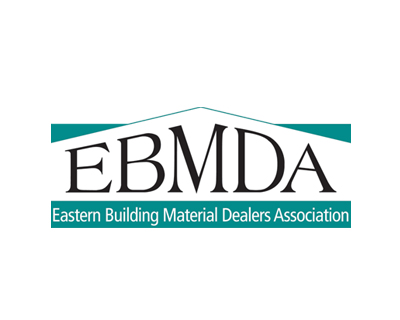By: Mark Reese, EVP
In today’s challenging LBM marketplace we see many builders and contractors spending a lot of time trying to grow their networks, but rarely growing their company sales. Much of their energy is spent hunting for the decision-maker for a Developer or Facility Manager, while others network through professional associations to try to make new connections. These efforts can be effective, but they require a large amount of time. Requiring cold calls, rapport-building, and needs-identification before any revenue can be identified.
Many of the efforts are aimed at developers or specific business owners. From my experience, most business development professionals overlook architects. As you’ll see, I view this as a missed opportunity. Throughout my career as a Business Advisor and CFO, I have seen a lack of attendance at architectural meetings. Many folks, frankly, don’t see how an architectural meeting, or a Lunch & Learn training session, is a good use of their time nor how it could translate into new sales opportunities. That’s an oversight.
On the surface, an architectural meeting can be viewed as a one-sided meeting solely aimed at the benefit of the architect. The architect receives an education about a product, a CEU credit for their license, and a free lunch. The presenter gives their time, buys the lunch, and provides the training—while getting nothing tangible in return. With this perspective, it’s easy to understand why a person would view this as a waste of their time.
However, with the right approach, meeting with an architect can be quite rewarding for both parties. To start, you need to be prepared to speak with the Architect. Most building professionals need to embrace the fact that the architect is influential with their clients. When an architect makes a recommendation, whether the builder likes it or not, they give it credence, consider the recommendation, and move forward accordingly. Being recommended by an architect is a strong positive. So, how do you gain an architect’s recommendation?
To start, be sure that you approach the meeting with a plan of what you want to accomplish. This makes the meeting mutually beneficial for both you and the architect. From my experience, six key things to put on your meeting plan are:
1. Display a genuine interest in the projects the architect has worked on.
2. Strive to learn about their projects. Suggest the architect show you a series of their projects.
3. Ask questions about each project, the challenges they faced, and the folks that made them successful.
4. Offer to bring information on additional projects or services back to the architect, ask what would be of interest. Learn what you can do to help them. Then do it.
5. At the end of the meeting, request names of three to five clients that the architect thinks would be interested in learning about your services, or the product that was represented during the meeting. Making a sales call on a Developer based on the referral of an architect can open new doors
6. Review their LinkedIn profile and learn more about the Architect and their specialties. Be genuine.
With this approach you will have an insider knowledge of projects, opportunities for specific projects, an open door to come back to meet with the architect again, and a list of warm referrals from a respected source. Now take the initiative and follow-up accordingly, as one architectural meeting can generate a long list of opportunities for new sales. Respect their time, they are busy.
Lastly, don’t wait for an invitation to meet with the Architect. Research them on LinkedIn and private message them after you have thoroughly researched their philosophy, projects and website. They are always interested in speaking with new folks who have done their homework and are sincere in their efforts to forge a new business relationship.
Beatty Lumber & Millwork Co.
Mark Reese, EVP








